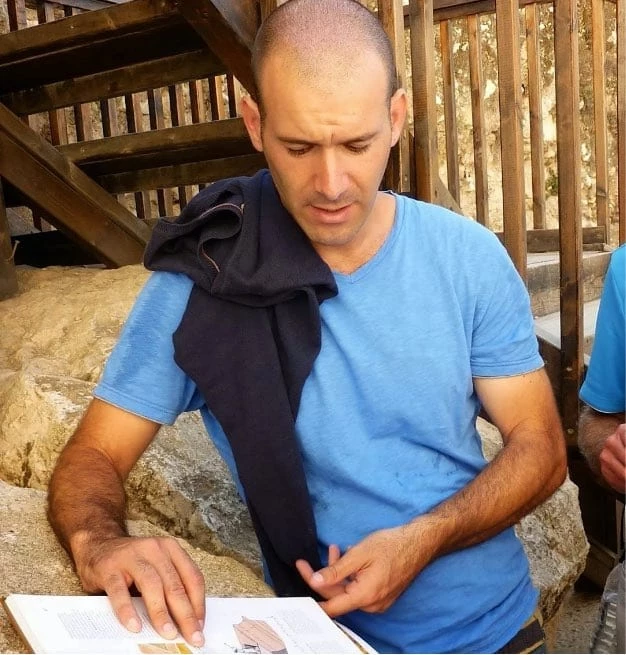Several key factors influenced the Crusader’s strategy and tactics in Israel. Firstly, the technology available at the time, terrain and climatic conditions, demographics, economics, and other important considerations. The primary adversaries of the Crusaders in the land of Israel were the neighboring Muslim states. The local Muslim population did not generally rebel against their foreign rulers and often remained loyal to their conquerors.
Crusader Strategy and Tactics – The Crusader Army
For example, the Crusader army in the Kingdom of Jerusalem consisted of two main components: the royal army and the military orders. According to historical records, the royal army included 600 to 700 knights and about 5,000 sergeants (common soldiers). Most sergeants served in the infantry, with only a small number fighting as mounted knights. Modern historians estimate that the military orders, such as the Knights Templar and Knights Hospitaller, were roughly equivalent in strength to the royal army, with about 600 to 700 knights and 5,000 sergeants.
The Crusades
In addition to their standing forces, the Crusaders received support from European crusaders who arrived in the Holy Land. After completing their pilgrimage to the Holy Land, many of these European crusaders remained for a time and joined the local military efforts. Financial donations were another support used to hire mercenaries and construct fortifications.
Crusader Strategy and Tactics – Military Tactics:
The Crusaders in the Holy Land developed unique tactics due to their specific challenges. One significant tactical innovation was the close cooperation between knights and foot soldiers, particularly between knights and infantry archers. Unlike in Western Europe, where knights often fought primarily against other knights, the Crusaders in the Holy Land had to adapt to Muslim adversaries who relied heavily on archery, particularly mounted archery.
The Crusaders utilized both cavalry and infantry archers, and their tactics were designed to keep Muslim horsemen at a distance. Infantry archers used the crossbow, which had a longer range and was more effective against heavily armored opponents like the Muslim cavalry. In contrast to European knights, who often disregarded orders and acted independently, the local Franks knew the value of cohesive leadership and strict discipline.
Strategy:
Demographics heavily influenced the Crusader strategy. The Kingdom of Jerusalem had a relatively small population, estimated at less than 150,000 people. This limited manpower affected their military strategy.
The Crusaders built large fortifications that guarded key points and served as administrative centers away from the capital. Some of these fortifications, like the fortress at Atlit, were massive and could house thousands of soldiers. They also established smaller fortifications, such as the Beit Guvrin fortress, to protect roads and serve as convenient bases for Crusader forces on the move.
Besides fortifications, the Crusaders fortified entire cities. These cities had walls that served as a deterrent against raids by Muslim forces. They also had a dual purpose, providing refuge for both the Crusader military and the civilian population in times of conflict.
In summary, the Crusaders in the Holy Land developed a unique military strategy and tactics focused on cooperation between knights and infantry archers. In addition, they used fortifications to control key areas and the fortification of cities to safeguard their holdings. These tactics and strategies allowed them to remain in the region for nearly two centuries! Despite being vastly outnumbered by their Muslim neighbors.

